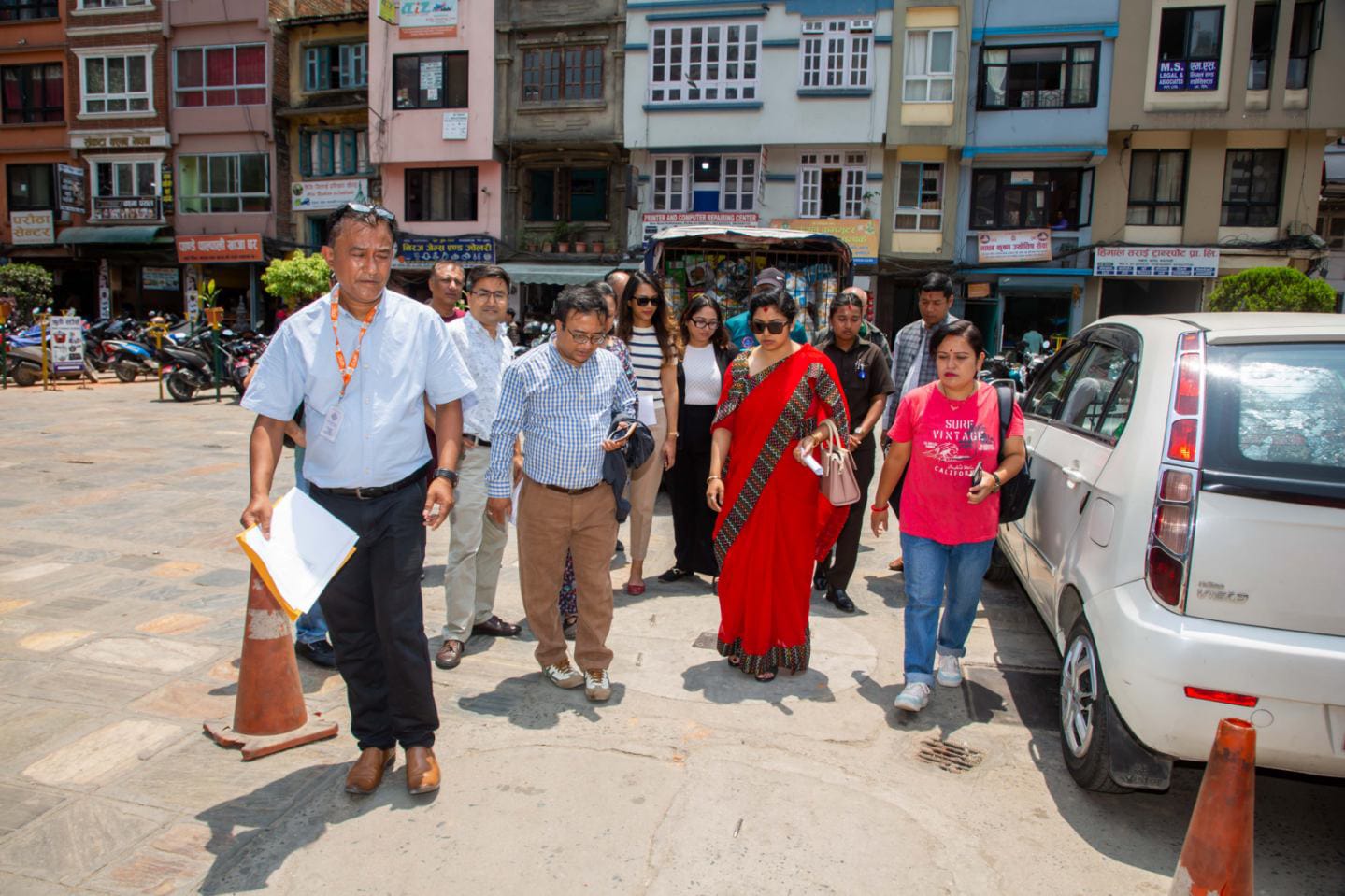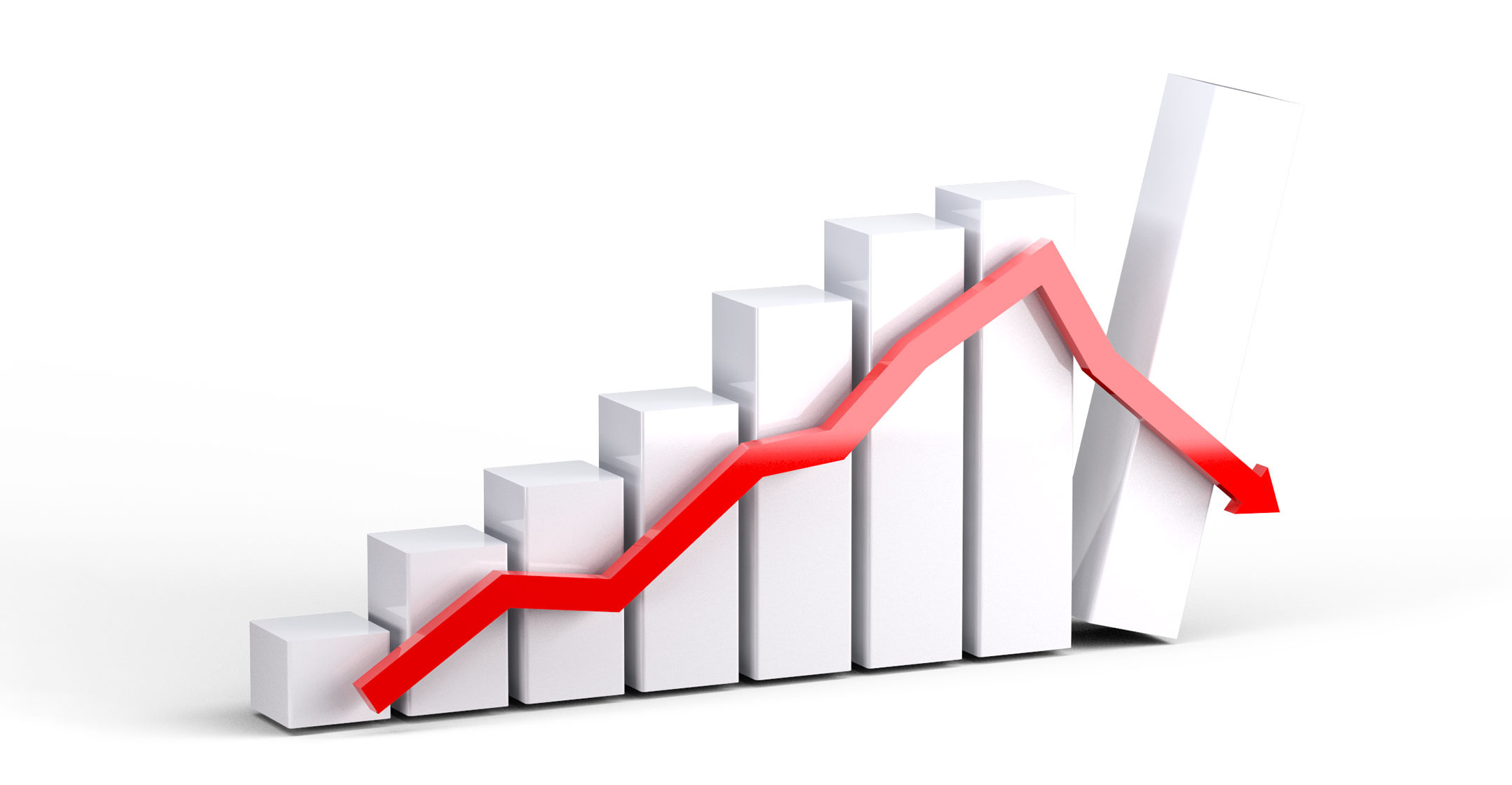Remittances grow 11.5% to Rs 407.31 billion in first quarter of fiscal year
The number of Nepali workers obtaining first-time foreign employment approvals reached 110,654, while 59,939 workers renewed their foreign job approvals in the past three months.

KATHMANDU: Nepal received Rs 407.31 billion in remittances during the first three months of the current fiscal year, marking an 11.5% increase compared to the same period last year.
However, this growth rate is lower than the 25.8% increase seen in the previous year. In USD terms, remittance inflows reached $3.04 billion, up from $2.76 billion last year.
The number of Nepali workers obtaining first-time foreign employment approvals reached 110,654, while 59,939 workers renewed their foreign job approvals in the past three months.
This is a slight decrease from the 113,397 first-time approvals recorded in the same period last year.
Nepal’s current account surplus stood at Rs 111.87 billion, up from Rs 59.65 billion in the previous year. Net capital transfers were Rs 2 billion, and foreign direct investment (FDI) inflows, in equity terms, amounted to Rs 4.81 billion.
The country’s Balance of Payments (BOP) surplus was Rs 184.99 billion, compared to a surplus of Rs 101.66 billion in the previous year.
The gross foreign exchange reserves increased by 9.4%, reaching Rs 2,232.28 billion in mid-October 2024, compared to Rs 2,041.10 billion in mid-July 2024. The year-on-year export price index increased by 2.9%, while the import price index decreased by 3.5%. The terms of trade index rose by 6.5%.
Net services income remained in deficit, totaling Rs 23.29 billion, an improvement from Rs 29.39 billion last year.
Exports and imports both declined. Exports fell by 6.1%, reaching Rs 38.38 billion, with decreases in exports to India, China, and other countries by 5.3%, 24.8%, and 6.6%, respectively.
Certain exports, such as soybean oil, tea, and shoes, increased, while others like zinc sheets, palm oil, and readymade garments saw declines.
Imports decreased by 4.2% to Rs 390.75 billion, with reductions in imports from India, China, and other countries by 3.9%, 1.5%, and 7.9%, respectively.
The total trade deficit narrowed by 4% to Rs 352.37 billion, compared to a 2.1% increase in the same period last year. The export-import ratio fell to 9.8% from 10% the previous year.
The consumer price index increased by 4.82% in mid-October, compared to 7.5% a year ago. Inflation in food and beverages was 7.18%, while non-food and service inflation stood at 3.49%.
Within the food and beverage category, vegetable prices rose by 25.15%, pulses and legumes by 10%, cereal grains by 9.57%, and ghee and oil by 4.98%. However, the price of meat and fish decreased by 1.18%.










